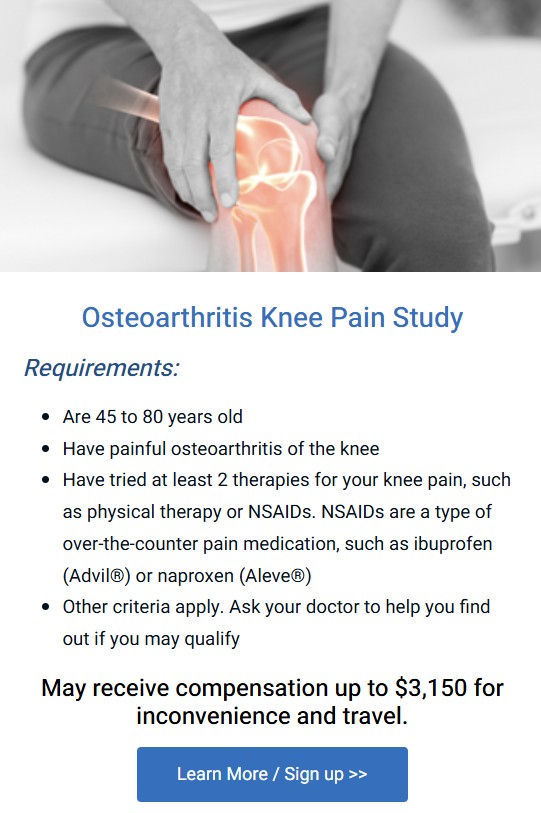
How to Have a Healthy Liver: A Comprehensive Guide to Understanding Liver Diseases, Maintaining Wellness, and Managing Stage 2 Liver Failure
In the domain of overall well-being, few organs exert as much influence as the liver. Functioning as a metabolic powerhouse, the liver takes on crucial responsibilities, including detoxification, nutrient storage, and synthesizing essential proteins. This in-depth guide delves into various liver diseases, explores effective strategies for sustaining a healthy liver, and furnishes essential insights into identifying and managing stage 2 liver failure.
Understanding Liver Diseases: Unveiling Names and Implications
The spectrum of liver diseases comprises a diverse array of conditions, each with distinct characteristics that impact overall health. In our quest for knowledge empowerment, let’s explore prevalent liver diseases, shedding light on their names and implications.
Hepatitis: Silent Threats and Global Impact
Hepatitis, marked by liver inflammation, can arise from viral infections (hepatitis A, B, C, D, and E) or non-viral factors. Understanding the distinct features of each variant is crucial for effective prevention and management.
- Hepatitis A: Contracted through contaminated food or water, this acute infection often resolves independently with proper care. Improved sanitation and vaccination have globally reduced hepatitis A cases (World Health Organization).
- Hepatitis B and C: Chronic in nature, these viral infections may lead to severe liver damage over time, show us the importance of vaccination and early detection. The CDC provides resources on hepatitis B and C prevention and management.
Non-Alcoholic Fatty Liver Disease (NAFLD): Navigating from Simple to Complex
Linked to obesity and metabolic syndrome, NAFLD is a global concern. From simple fatty liver to non-alcoholic steatohepatitis (NASH), this condition emphasizes the intricate link between lifestyle choices and liver health.
- Simple Fatty Liver: An initial stage characterized by fat accumulation in liver cells, often reversible with lifestyle changes. The American Liver Foundation offers insights into NAFLD and lifestyle modifications for prevention.
- Non-Alcoholic Steatohepatitis (NASH): Inflammation accompanies fat accumulation, potentially progressing to fibrosis and cirrhosis if untreated. The National Institute of Diabetes and Digestive and Kidney Diseases provides information on NASH, including its causes and risk factors [4].
Cirrhosis: The End Stage – Recognizing Signs and Taking Early Action
Cirrhosis denotes advanced scarring of liver tissue, often resulting from prolonged liver diseases or chronic alcohol consumption. Recognizing signs and managing cirrhosis early is crucial for preventing irreversible damage.
Nurturing Your Liver: 4 Simple Strategies for a Healthy Liver for Life
Having explored the landscape of liver diseases, let’s shift focus to proactive measures for a healthy liver.

Balanced Nutrition: Fueling Your Liver Right
Optimal liver health starts with a balanced diet. Prioritize whole foods – fruits, vegetables, lean proteins, and whole grains – while limiting processed foods and excess sugar intake.
Hydration: Water, the Elixir of Liver Health
Adequate hydration is crucial for liver function. Water aids in flushing toxins, promoting optimal liver performance. Limiting alcohol is vital, as excessive intake can lead to inflammation and damage.
Regular Exercise: The Liver’s Best Companion
Physical activity aids weight management, promotes blood circulation, and reduces the risk of fatty liver disease. Aim for at least 150 minutes of moderate exercise weekly to keep your liver in top shape.
Moderate Alcohol Consumption: A Key to Liver Wellness
Excessive alcohol consumption is a leading cause of liver damage. If you choose to drink, do so in moderation. Women generally limit to one drink per day, while men can usually have up to two drinks.
Recognizing Stage 2 Liver Failure: Insights and Intervention
Despite efforts, liver health can sometimes be compromised. Understanding liver failure stages is vital for prompt intervention. Let’s focus on recognizing and managing stage 2 liver failure.
Overview of Liver Failure Stages: Decoding Compensated and Decompensated Phases
- Stage 1 (Compensated): Minimal symptoms as the liver still performs essential functions.
- Stage 2 (Decompensated): Significant liver damage leading to complications like ascites, jaundice, and hepatic encephalopathy.
12 Common Symptoms of Stage 2 Liver Failure: Recognizing the Warning Signs
- Ascites: Abdominal swelling due to fluid accumulation.
- Jaundice: Yellowing of the skin and eyes.
- Hepatic Encephalopathy: Confusion, forgetfulness, and changes in behavior.
- Fatigue: Persistent tiredness and lack of energy.
- Unexplained Weight Loss: Significant and unintentional weight reduction.
- Loss of Appetite: Decreased interest in eating and food.
- Nausea and Vomiting: Persistent feelings of queasiness and vomiting.
- Abdominal Pain: Discomfort or pain in the abdominal area.
- Itchy Skin: Persistent itching on the skin.
- Dark Urine: Urine appears darker than usual.
- Pale-Colored Stools: Stools are lighter in color than normal.
- Swelling in Legs and Ankles: Fluid retention leading to swelling in the lower extremities.
Diagnostic Tools and Intervention: Early Steps Toward Improved Outcomes
Early diagnosis is crucial for managing stage 2 liver failure. Blood tests, imaging studies, and liver biopsy assess severity. Treatment may involve medication, lifestyle changes, or, in severe cases, liver transplantation.
Conclusion: Embracing Liver Health for a Vibrant Life
Prioritizing liver health is fundamental for overall well-being. By understanding liver diseases, adopting a liver-friendly lifestyle, and recognizing stage 2 liver failure signs, individuals can take proactive steps to safeguard their liver and lead a healthier life. For more in-depth information and personalized guidance, consult healthcare professionals on your journey toward optimal liver health.
In essence, the liver stands as a sentinel for our well-being, and nurturing it through informed choices is an investment in a healthier, more vibrant life. Embrace the wealth of knowledge shared here, and let it serve as a compass guiding you towards a liver-friendly lifestyle. Here’s to a thriving liver and a life abundant with well-being!
Related Posts
Subscribe to Hear About New Trials First
Subscribe to Hear About New Trials First
Subscribe to our newsletter by adding your email and keep up to date with the new studies we are offering as well as study results and more.








